The sixteenth Annual Status of Education Report (Rural) 2021 released
The 16th Annual Status of Education Report (Rural) 2021 or ASER 2021 was released on Wednesday, November 17.
Every year from 2005 to 2014, and then every alternate year till 2018, ASER has reported on the schooling status of children in the 5-16 age group across rural India.
Due to the COVID-19 pandemic in 2020, ASER developed an entirely new design, consisting of a phone-based survey that explored children's access to learning opportunities. This was the format employed for ASER 2021 as well.
The survey was conducted September-October 2021, in 25 states and 3 Union Territories. It reached a total of 76,706 households and 75,234 children in the age group of 5-16 years, as well as teachers or head teachers from 7,299 government schools offering primary grades.
The entire report of ASER 2021 can be accessed here – bit.ly/3DqChka
ASER 2021 focused on four main areas: school enrollment patterns, incidence of tuition patterns, availability and access to smartphones, and learning materials and support for learning at home.
A summary of the report’s findings is provided below:
SCHOOL ENROLLMENT PATTERNS
- A shift from private to government schools with enrollment in private schools decreasing from 32.5% in 2018 to 24.4% in 2021 among children aged 6-14.
- The proportion of children not currently enrolled in school increased from 1.4% to 4.6% in 2020 and remained static in 2021.
- Among children in the age group of 15-16, an increase in government school enrollment from 57.4% in 2018 to 67.4%.
- The national increase in government school enrollment in Uttar Pradesh, Rajasthan, Punjab, Haryana, Maharashtra, Tamil Nadu, Kerala and Andhra Pradesh. In contrast, in many north-eastern states, government school enrollment has fallen during this period.
TUITION
- Big increase in children taking tuition from 30% in 2018 to almost 40% in 2021, across gender, grades and school types.
- The proportion of children with parents in the ‘low’ education category who are taking tuition increased by 12.6 percentage points, as opposed to a 7.2 percentage point increase among children with parents in the ‘high’ education category.
- Tuition classes are more common among children whose schools were still closed at the time of the survey.
- Tuition is up across the country in all states except Kerala.
ACCESS TO SMARTPHONES
- Smartphone ownership has almost doubled from 36.5% in 2018 to 67.6% in 2021. More children in private schools have a smartphone at home (79%) than government school going children (63.7%).
- As parents' education level increases, the likelihood that the household has a smartphone also increases. Over 80% children with parents who have studied up to Std IX or higher had a smartphone at home, as compared to just over 50% children whose parents had studied till Std V or less.
- Although over two thirds of all enrolled children have a smartphone at home (67.6%), over a quarter of these have no access to it (26.1%).
LEARNING SUPPORT AT HOME
- Learning support at home has decreased over the last year from three quarters of all enrolled children in 2020 to two thirds in 2021, with the sharpest drops visible among children in higher grades.
- Among both government and private school going children, those whose schools have reopened get less support from home.
ACCESS TO LEARNING MATERIALS
- Almost all enrolled children have textbooks for their current grade (91.9%).
- Among enrolled children whose schools had not reopened, 39.8% children received some kind of learning materials or activities (other than textbooks) from their teachers during the reference week.
- In the reference week, 46.4% children in reopened schools received learning materials/activities as compared to 39.8% children whose schools had not reopened.
Visit http://www.asercentre.org/Keywords/p/394.html to read more about ASER 2021.





